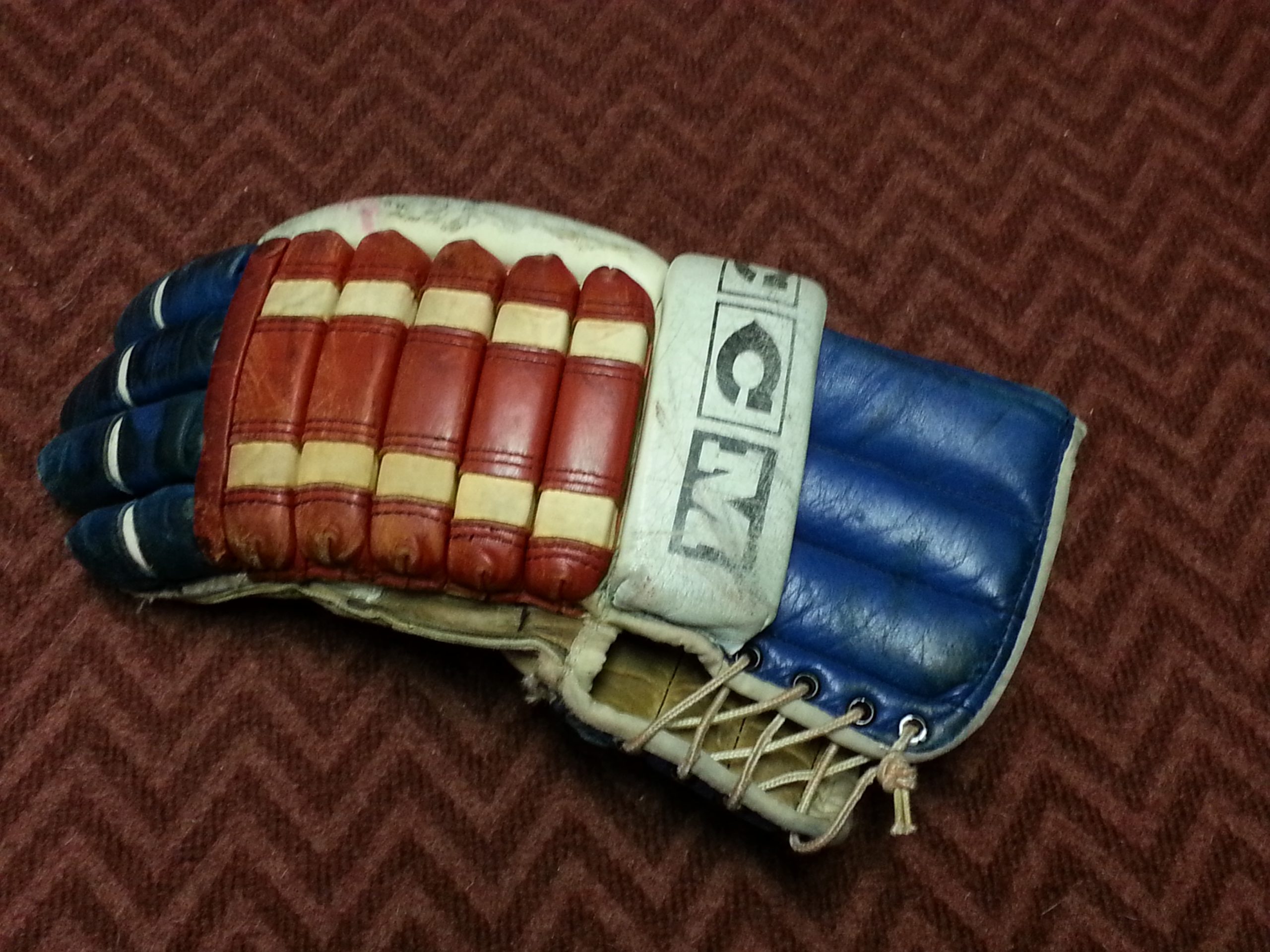

Ice hockey is believed to have evolved from simple stick and ball games played in the 18th and 19th centuries in Britain, Ireland, and elsewhere, primarily bandy, hurling, and shinty. The North American sport of lacrosse was also influential. These games were brought to North America and several similar winter games using informal rules developed, such as shinny and ice polo, but later were absorbed into a new organized game with codified rules which today is ice hockey.

Professional hockey developed in the United States and Canada around the turn of the 20th century. Houghton, Michigan, was formally considered the "birthplace of professional hockey" however, recent investigations have proven otherwise, beginning with the establishment of the International Professional Hockey League, the first fully professional hockey league, in Houghton in 1904 following conversations between James R. Dee from Houghton, Michigan and representatives of the Western Pennsylvania Hockey League, a semi-professional hockey league started in Pittsburgh, Pennsylvania in 1896. The International Professional Hockey League began play in 1904 with teams from Houghton, Michigan (Houghton-Portage Lakes), Pittsburgh, Pennsylvania (Pittsburgh Professionals), Calumet, Michigan (Calumet-Laurium Miners), Sault Ste. Marie, Ontario (Sault Ste. Marie Marlboros), and Sault Ste. Marie, Michigan (Michigan Soo Indians).

Prior to 1904, playing for pay was not favored by major hockey circuits, as they were established as purely amateur organizations. Players who were found to be paid were marked as professional and were banned by leagues such as the Ontario Hockey Association (OHA). Some banned players in Ontario considered starting a professional team in 1898, and there was a proposal to start a professional league in western Ontario in 1899, but professional hockey did not take off in Canada until 1907 with the establishment of the Ontario Professional Hockey League.
The history of the National Hockey League begins with the end of its predecessor league, the National Hockey Association (NHA), in 1917. At that time, the NHL emerged as the only major league and the sole competitor for the Stanley Cup. In 1947, the NHL completed a deal with the Stanley Cup trustees to gain full control of the Cup. The NHL's footprint spread across Canada as Foster Hewitt's radio broadcasts were heard coast-to-coast starting in 1933.
Phila. waited until 1967 and that year’s NHL expansion to be granted a franchise. But, the Flyers, by then nicknamed the Broad St. Bullies due to their innovatively physical style of play, wasted little time, becoming the first expansion team to win a Stanley Cup in the 1973- 74 season. A feat repeated the following year.
The DePace Museum of Sports pays homage to those Broad St. Bullies, and the many notable teams that followed, by displaying an extensive collection of Flyers’ game worn jerseys and equipment used by Flyer greats throughout the years.
Our museum also honors America’s 1980 Miracle on Ice Olympic team that won gold by defeating the highly favored Soviet team that had won gold medals the previous 4 years. On display are the uniforms and equipment of many of the stalwarts of that extraordinary team.

Error: Contact form not found.
Designed & Developed by : JKO Consulting Inc
